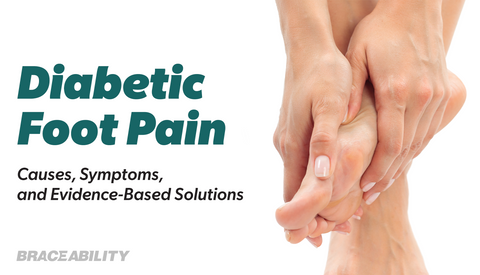Patella Alta & Baja - What is the Difference?
What are symptoms of patella alta?
There are a variety of symptoms that point to patella alta. Instability in your step is a good indicator of a higher kneecap. For example, if you feel unstable while walking or running you may have patella alta. Pain experienced in the kneecap may hint to issues with the location of your patella. However, there are many other patellar conditions in which you may experience a similar sensation and location of pain. The most prominent indication of patella alta is dislocation of the kneecap. The patella can bend higher than normal which can pull the knee out of its groove causing a dislocation. If you have a misaligned patella it can create additional patellar issues because it causes the cartilage to wear down. This condition is widely known as chondromalacia.
What are symptoms of patella baja?
When a person has patella baja their range of motion is likely much more limited than normal. They may also experience scarring and shortening of the patella baja posterior, meaning back of the knee. Pain from patella baja is most often experienced on the anterior, meaning front and center of your knee. If you’re noticing that it takes you a more than normal level of energy to make movements, patella baja may be a potential cause.

What causes patella alta?
There is no clear explanation for the cause of patella alta. However, there are numerous potential options.
- Injury to the patella may cause the kneecap to be pulled out of its socket resulting in dislocation. Dislocation can create a high rise kneecap.
- Some people may have had the condition since birth from a congenital defect. This defect was most likely acquired during the embryonic development of the individual.
- Tall people with a thin body frame are more prone to patella alta. Along with patella alta, they are more prone to any type of knee complications, including tracking disorders, patellofemoral pain syndrome, and quadricep tendinitis.
What causes patella baja?
Along with patella alta, there are a variety of potential causes for patella baja to occur with the kneecap.
- Cases of patella baja seem to increase after a knee arthroplasty (A resurfacing surgery where metal and plastic parts are used to cover the ends of your knee joint)
- Fracture of the knee area may cause patella baja
- Extreme trauma to any ligaments+ or bones related to the anatomy of the knee joint
- Similarly to patella alta, any type of dislocation of the knee joint
- Some people may have the condition since birth from a congenital defect
How do you treat patella alta?
In general, before treatment of either patella alta or baja x rays and MRI scans of the knee will be performed. Patella alta can be treated in a variety of different ways with the goal being restoration of strength and stability for the kneecap. This restoration will help to relieve symptoms of patella alta. Sufficient rest and time off the kneecap will allow for reduced stress, this is especially important for people who began experiencing patella alta after an injury or dislocation. Inflammation and pain can be lessened by the regular application of ice to the kneecap area. Wearing a brace that increases support and compression on the upper portion of the knee will help to stabilize and reduce pain. When looking for a support brace or wrap for patella alta, make sure to find a c or u-shaped buttress that is either adjustable or placed on the top of the kneecap. This is a particularly good option for people hoping to remain active with patella alta. Visiting with a doctor or physical therapist are strongly recommended if you believe you have patella alta. Beyond these methods of treatment, surgery is a potential option for severe cases. If someone is unresponsive to non-invasive treatments several surgical procedures can be performed depending on the individual's condition.
How do you treat patella baja / Infera?
Unlike patella alta, there are no proven surgical procedures to correct patella baja. However, alternative treatment methods may be practiced to correct patella baja. The goal of treatment is for a restoration of strength and stability of the kneecap. Rest is important to take stress off the kneecap. Along with rest, icing should help to reduce swelling and inflammation of the area. Wearing a brace with an inferior (meaning at the bottom of knee) u-shaped buttress to offer support to the bottom portion of the knee joint will help to stabilize the joint. This is a good option for people who are attempting to remain active in their day to day activities while coping with patella baja.










